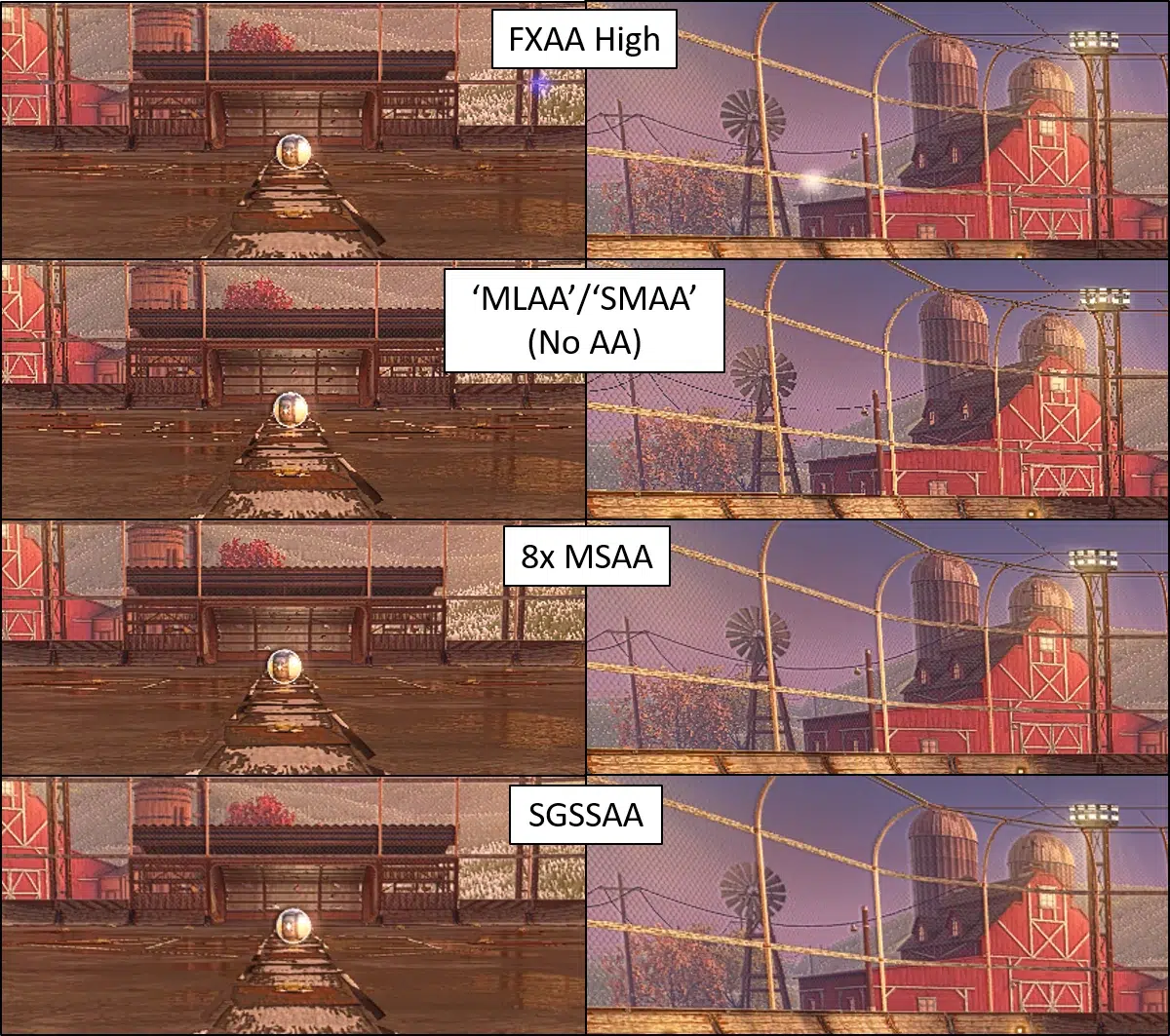Introduction
Understanding Antialiasing: Antialiasing, a technique in computer graphics, aims to reduce visual artifacts in digital images. It’s crucial for producing smooth and realistic visuals. This article provides a concise understanding of antialiasing and its significance in modern graphics.
What is Antialiasing?
Antialiasing is a process that smoothens jagged edges and reduces stair-stepping effects in digital images. It does this by blending colors along the edges, making the transition appear smoother.
How Does Antialiasing Work?
Antialiasing works by calculating the average color value between pixels along the edges of objects. It then adjusts the pixel colors accordingly to create a smoother transition between colors.
Types of Antialiasing
- Multisampling: Samples multiple points within a pixel and averages the colors to smooth edges.
- Supersampling: Renders the image at a higher resolution and downscales it to reduce aliasing.
- Temporal Antialiasing (TAA): Uses data from previous frames to reduce flickering and temporal aliasing.
Importance of Antialiasing
Antialiasing enhances the visual quality of graphics, providing a more realistic and pleasing viewing experience. It’s particularly vital in video games, simulations, and any application where visual fidelity matters.
Applications of Antialiasing
- Gaming: Enhances gaming visuals, improving the overall gaming experience.
- Computer-Aided Design (CAD): Improves the quality of CAD models and simulations.
- Digital Art: Enables artists to create smoother, more refined digital art.
Conclusion
Antialiasing is a fundamental technique in computer graphics that enhances visual quality by reducing jagged edges and stair-stepping effects. Understanding its working principles and applications is crucial for anyone involved in the field of digital graphics and design. Implementing antialiasing in various applications significantly contributes to the advancement and refinement of modern visual experiences.

